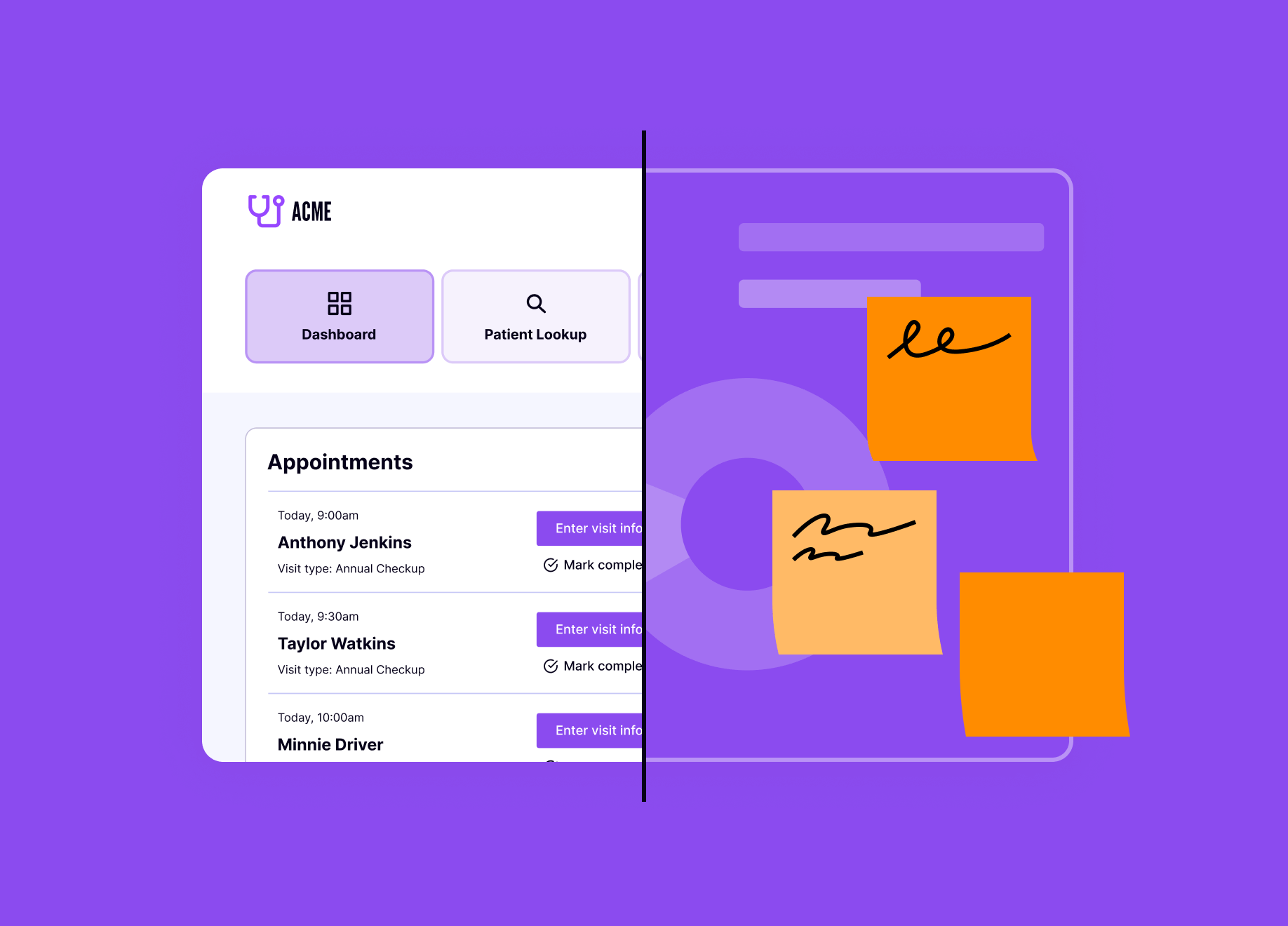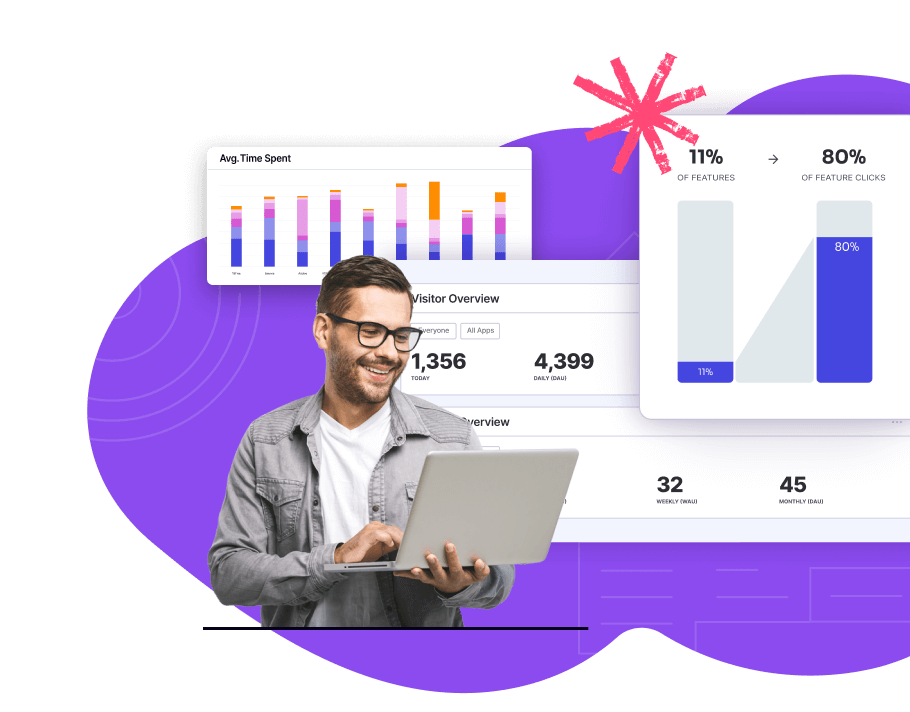Table of Contents
User interface (UI) vs. user experience (UX) design
Although they are different fields of design, UI and UX are often used interchangeably or grouped together as the single discipline of software UI/UX design. The tendency to combine or conflate the two is largely the result of the emphasis on the user, less so on the skills and practices within each type of design.
In the context of the user’s interaction with an application or website, UI and UX are inherently linked, since they’re a package deal: one is hardly possible without the other. But the two disciplines are ultimately focused on separate goals. Where UI is primarily an artistic craft, UX emphasizes user behaviors.
In brief: UI design
In the world of software, user interface designers are also known as graphic designers. They conceive and execute the aesthetics of an app or website as layouts, elements, and images. In the broader workflow of product development, UI designers focus on the art that goes into the app or website and building the prototype of the feature or product.
In brief: UX design
User experience designers set out to optimize the interactions of the user against the backdrop of the UI. They test, experiment with, and gather insights and feedback on the user’s behaviors with the layout, elements, and images of the app or website, both in the context of the prototype and in the live software. UX designers focus on the user’s operational approach to the interface and how well or poorly those interactions generate a low-friction, high-engagement experience for the user.
How UI and UX designers collaborate
Once the user interface is roughly defined in the prototype, the UX designer sets out to find ways to guide the UI designer towards improvements. Is the design easy to use? Does it enable the user to interact and navigate efficiently? Do the user’s objectives stay consistent or change? What changes might generate better flow? With the insights and recommendations the UX designer generates from testing and experimentation, the UI designer can meaningfully update the interface so that the art reflects the intentions of the product.
How do UI and UX differ?
After the product or feature interface has been passed to engineering, the UI designer’s job is mostly complete. However, once the product or feature has been developed, further tested, and launched in production, the UX designer is only halfway to the goal. Because the conditions for app or website optimization are largely dependent on context, UX must take a more holistic approach to user operations.
By gathering product and user analytics data, designing experiments, and conducting research, the UX designer’s process remains iterative based on considerations like device type, user segment, geography, and demographics. UX takes its insights back to UI for interface design changes that are meant to improve the art relative to key user behavior metrics. Although the UI designer must remain a steward for the consistency of look and feel as part of product’s brand continuity, the UX designer is constantly looking for iterations that may lead to better interactions and greater usability.
At IHS Markit, the iLEVEL team used product analytics to understand how users interacted with a new user interface while it was in beta. If a user switched between the two interfaces, IHS Markit served them an in-app survey asking why they preferred one interface over the other.
UI/UX design vs. product experience (PX)
PX describes the user journey as it relates to broader lifecycle stages and outcomes. Instead of considering the way users interact with elements of the product, as UX does, PX prioritizes the user’s ability to realize value as they proceed from signup and onboarding to retention and growth. Unlike UI design, PX optimization is primarily a discipline of product managers practiced downstream of product and feature launch. Unlike UX design, PX optimization prioritizes broader conversion metrics like churn and expansion and often takes a multivariate approach to improving results correlated with business data.
Where can I learn more about UI/UX design?
For those looking to dig a little deeper into UI/UX design, there are a number of books on the subject, including “Don’t Make Me Think” by Steve Krug, “Quantifying the User Experience” by Morgan Kaufman, and “About Face” by Alan Cooper, et al. Pendo has also published helpful information on the basics of UI design, an overview of UX analytics, and the rise of product experience optimization.
You might also like

How customer success teams can use product insights to delight their users



